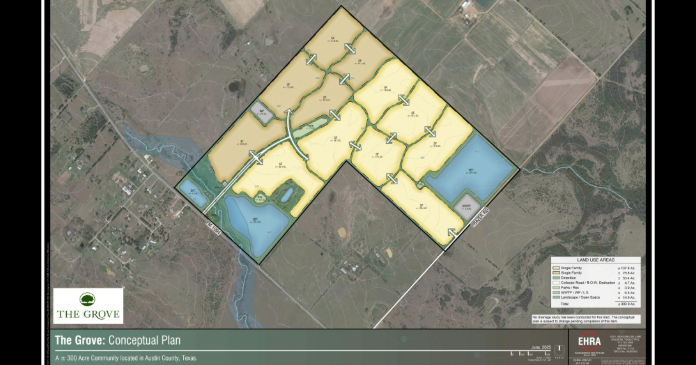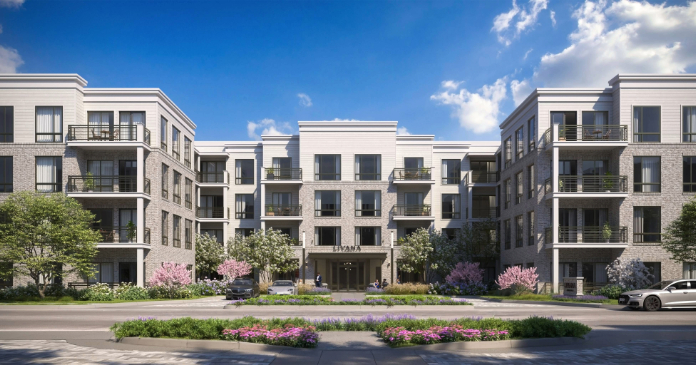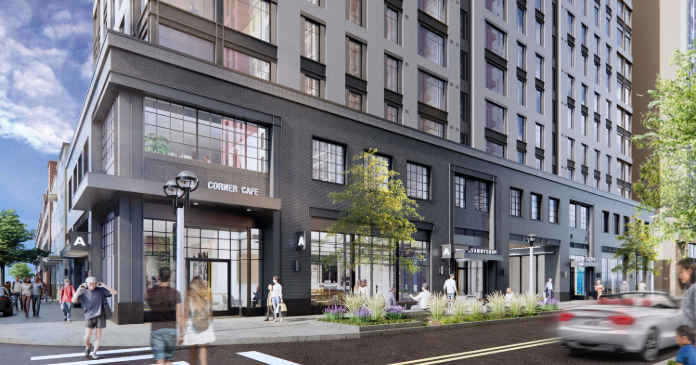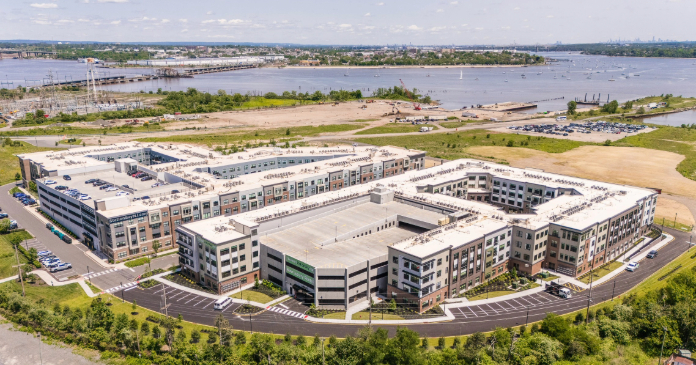The condo glut in some markets could soon turn into a blessing for owners looking to sell and buyers trying to land their first home, if a forecast from the Urban Land Institute (ULI) is accurate.
Driven by inflated housing costs, expensive financing, greater energy expenditures and the failure of incomes to keep pace with inflation, the housing market is entering an era when demand grows for smaller, more compact and affordable homes.
The predicted trend could come at an opportune time. Smaller homes, most notably condos, right now are not weathering the downturn as well as single-family homes. Speculators are bailing out of once-super-hot condo markets and some potential first and second-home buyers, thwarted by higher energy costs, are opting for the rental market instead.
As a result, condo inventories are rising and the sector is turning around and slowing down faster than the single-family detached home market.
“Size Matters,” by John McIlwain, a ULI senior resident and Melissa Floca, a ULI research associate says, even as the housing boom wanes, demand for housing continues, but more and more households will be unable to afford today’s median home size — the 2,200-square-foot single-family sprawler.
“People will still buy 4,000- and 5,000-square-foot McMansions, and there will still be those who build true mansions measuring 10,000 square feet and more, but the median size of the new American home is going to begin to decrease for the first time in over 20 years,” the two predict.
That’s because conditions exist today that mirror another period when smaller was better.
Size Matters points to the timeline of the early 1980s when energy prices rose and interest rates rose well into double digits, but the housing boom didn’t crash until the early 1990s.
“Consumers still bought residences, but looked for smaller, more efficient, and more affordable ones,” the report says.
Comparatively speaking, in real dollars, energy prices are not as high now as they were then, but that’s due to change.
Higher temperature fallout from global warming will require greater energy expenditures and that will generate demand for smaller, easier-
to-heat-and-cool homes.
“There is no way electric bills are going to go down. They are going to do nothing but go up and it will be more severe if you live in the suburbs or “exurbs’ (the ring of rural communities beyond the suburbs). It will also cost you more to cool your house than it does to heat it and that is related to global warming as summers continue to get hotter. The amount you save in the winter is not going to be enough to cover the extra amount you need for the summer,” said McIlwain.
The last housing boom coincided with a host of redevelopment agencies drawing a red line around their cities to corral suburban sprawl and restrict new development to the city core.
Beginning 10 to 15 years ago, the number of builders who comprised a small cottage industry of infill housing began to grow and diversify
with urban divisions. For more than a decade, they constructed more and more low-, mid- and high-rise developments, mixed-use developments, neo-traditional walk-able communities and transit oriented developments (TODs), all higher density developments featuring homes with smaller, more compact floor plans.
They sold like hotcakes. The condo segment did so well that from the first quarter 2004 to the second quarter 2006, the median condo price outpaced the median single-family home price in the NAR “Metropolitan Area Existing-Home Prices.”
The higher price was due to the growing concentration of condos and townhomes in metro areas, including both practical and affordable models and high-end penthouse type luxury housing. Price boosting demand also came from an explosion of second home purchases, speculative buys, investments and capital gains tax relief empty-nest baby boomers used to move down to smaller digs.
The bargain in smaller homes isn’t just on the listing price tag, but on the utility bill as well. In addition to less, more compact space to heat and cool, newer models are often twice as energy efficient, if not more so, than homes just five or ten years older. Also, city center proximity makes them easier on the gas mileage when they are near public transit and closer to daily destinations like shopping, work, school and other destinations.
“Thus, it seems probable that consumers will respond as they did before, and there is early evidence that they are in fact doing so. This can become a major competitive advantage for the multifamily industry, as declining single-family home sizes make apartments and condominiums the more affordable alternative and closer in size to new home products,” according to Size Matters.
The move to smaller homes is a natural market progression that bodes well for the housing market’s forecast “soft landing.”
“During the late 1970s/early 1980s, home buyers responded to the declining affordability of new homes by buying smaller ones. Then, as interest rates began a long decline, making homes more affordable again (and energy prices declined as well), consumers tapped their growing purchasing power to buy ever larger new homes. Today, their
purchasing power has started to wither again, and the affordability of homes is declining even faster. Expect consumers to respond once again by looking for smaller homes,” the report says.
Energy costs, however, could be a spoiler for the next boom, but that makes the smaller more energy efficient home a better long term investment.
Author: Broderick Perkins















